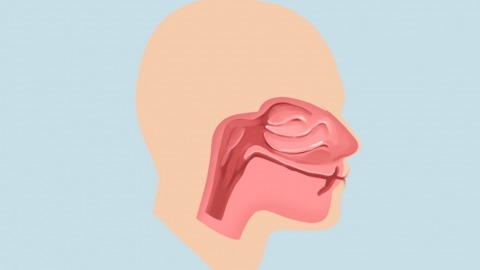How does the brain-eating amoeba enter the brain?
Amoeba protozoa, generally referring to Naegleria fowleri, typically enter the brain through the nasal cavity, broken skin, oral cavity, ears, or surgical wounds. Detailed explanations are as follows:

1. Nasal cavity: One of the common infection routes. When coming into contact with water sources contaminated by amoeba protozoa—such as swimming in untreated ponds or rivers, or rinsing the nasal cavity with untreated water—the organisms can enter through the nasal passages, travel along the olfactory nerves through the cribriform plate, and ascend to the brain, causing infection.
2. Broken skin: If the skin has wounds and these wounds contact soil or water contaminated by amoeba protozoa, the organisms can directly invade the body through the damaged areas. They can then spread via the bloodstream to the brain, causing damage to brain tissues.
3. Oral cavity: Drinking contaminated untreated water or consuming unhygienic food may allow amoeba protozoa to first colonize the intestines. When the body's immunity decreases, the organisms can breach the intestinal mucosal barrier and migrate to the brain via the bloodstream or lymphatic circulation, causing infection.
4. Ears: When the skin of the external auditory canal is damaged or when there is middle ear inflammation, contact with contaminated water may allow amoeba protozoa to enter through the ear. The organisms can spread along the auditory nerve or adjacent tissues to the brain, disrupting normal brain function.
5. Surgical wounds: During brain or craniofacial surgeries, if surgical instruments or implants are not thoroughly disinfected or if postoperative wound care is improper and the wound contacts contaminated environments, amoeba protozoa may enter the cranial cavity through the wound, causing postoperative infections.
In daily life, one should avoid swimming or washing the face in unpurified natural water bodies and refrain from rinsing the nasal cavity with untreated water.







